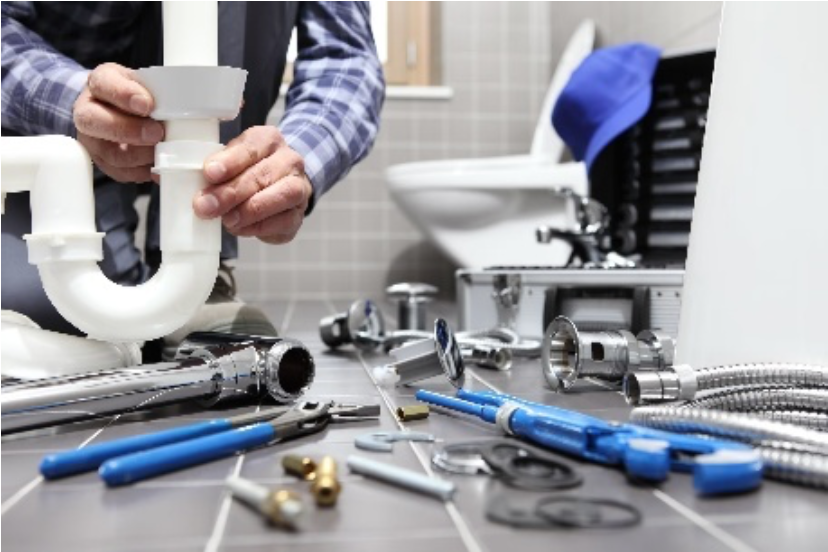
If a premises has any form of mains water supply, then the water fittings regulations in England, Wales and Northern Ireland, byelaws in Scotland, apply.
These legal requirements play an important role in protecting public health and safeguarding water supplies. Their purpose includes preventing the contamination and waste of water supplied by a water undertaker once it has entered a customer’s plumbing system.
Regulation/byelaw 4 sets specific requirements for water fittings, these include being:
of an appropriate quality and standard
suitable for the circumstances in which they will be used
compliant with any applicable requirements set out in schedule 2
installed in a workmanlike manner.
Please note where they apply other requirements and items of legislation must also be complied with.
Regulation 4 England & Wales
Regulation 4 Northern Ireland
Byelaw 4 Scotland
Regulation 3 England & Wales
Regulation 3 Northern Ireland
Byelaw 3 Scotland
Regulation 5 England & Wales
Regulation 5 Northern Ireland
Byelaw 5 Scotland
Schedule 2 paragraph 2
Schedule 2 paragraph 3
Schedule 2 paragraph 4
Schedule 2 paragraph 5
Schedule 2 paragraph 6
Schedule 2 paragraph 7
Schedule 2 paragraph 8
Schedule 2 paragraph 10
Schedule 2 paragraph 11
Schedule 2 paragraph 14
Schedule 2 paragraph 15
Schedule 2 paragraph 16
Schedule 2 paragraph 25
Schedule 2 paragraph 26
Schedule 2 paragraph 27
Schedule 2 paragraph 28
Schedule 2 paragraph 29
Schedule 2 paragraph 30
Schedule 2 paragraph 31
Regulation 5 England & Wales
Regulation 5 Northern Ireland
Byelaw 5 Scotland
Schedule 2 paragraph 2
Schedule 2 paragraph 3
Schedule 2 paragraph 4
Schedule 2 paragraph 7
Schedule 2 paragraph 8
Schedule 2 paragraph 11
Schedule 3 paragraph 14
Schedule 2 paragraph 15
Schedule 2 paragraph 26
Schedule 2 paragraph 27
We use cookies to give you the best possible experience with Water Regs UK. Some are essential to provide website functions and ensure the website is secure. We also use cookies to help us understand how people use the site and to make improvements. Click "Accept All" to enable recommended settings or click "Manage cookies" to adjust your settings. For more details, see our Cookie Policy.